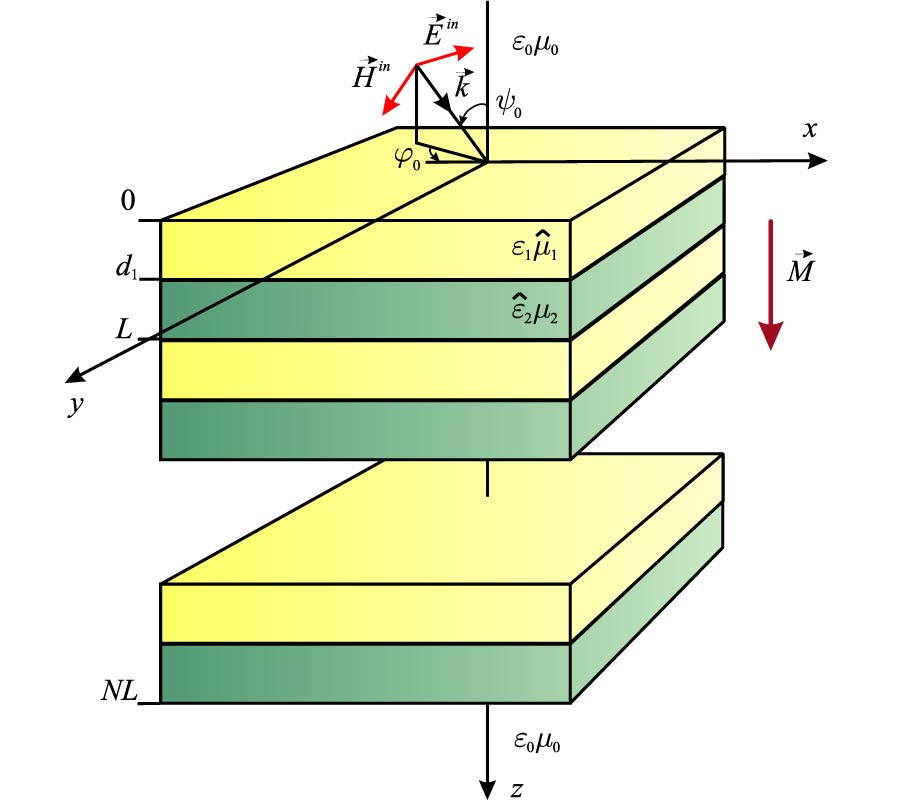A Novel Green Antenna Phase-Shift System with Data Acquisition Boards
Mohd Faizal Bin Jamlos,
Tharek Bin Abdul Rahman,
Muhammad Ramlee Kamarudin,
Mohd Aminudin Jamlos,
Mohd Asmi Romli,
Zahari Awang Ahmad,
Mohd Fareq Bin Abd Malek,
Muzammil Jusoh,
Nur Farhan Kahar and
Sharul Kamal Bin Abd Rahim
A novel green phase shifter system is proposed in this research. The system is developed by a combination of reconfigurable beam steering antennas and data acquisition (DAQ) boards. A combination of two reconfigurable beam steering antennas, located side-by-side, forms a spatial configuration structure with a fabricated `green' element plank of rice husk placed in between. The concept of a spatial configuration technique has been `mutated' by shifting the structure of spiral feed line and aperture slots of first beam steering antenna by as much as 45º. The PIN diode switches connected to the DAQ boards enable the intelligent capability of the spatial antennas. The activation of certain degree radiation patterns of either the first beam steering antenna or the second beam steering antenna depends on the memory of the DAQ boards --- Beam Manager. When an intruder comes from the cardinal angles of 0º/360º, 90º, 180º, or 270º, its range and angles' location will be automatically detected by the first antenna through the output ports of the 1st DAQ: P1.0, P1.1, P1.2, and P1.3. The second antenna is then activated by the output ports of the 2nd DAQ: P2.0 up to P2.3, to adaptively maneuver the beam towards four different ordinal directions of 45º, 135º, 225º, and 315º. As a result, this system collectively contributes to the development of eight angles of radiation patterns, which can be rotated in 45º steps within 0.01 ms and successfully cover 360º without any uncovered and overlapped angle; 0°/360°, 45º, 90°, 135º, 180°, 225º, 270°, and 315º. Moreover, a mutual coupling effect generated by the spatial configuration of both antennas is alleviated by the element plank of rice husk, whose width, length, and thickness are 45 mm, 150 mm, and 10 mm, respectively. Possessing the characteristics of an adaptive new phase shifter concept and assisted by the green element of a rice husk, this system is potentially an effective way to decrease the number of drop outs and lost connections, and provides larger coverage. It is a promising candidate for installation with a WiMAX application.



















